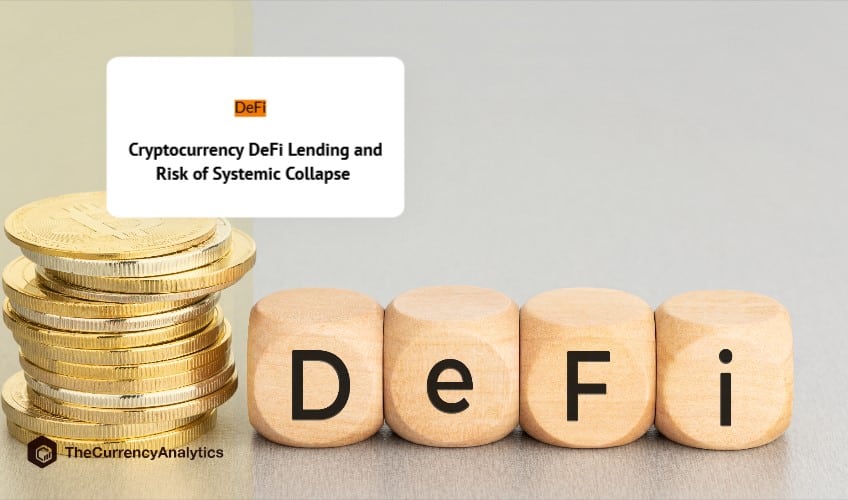
Systemic risk increases in proportion to the degree of interconnectedness between crypto-assets and the traditional financial sector, use of leverage, and lending activity. Without closing regulatory and data gaps in the crypto-asset ecosystem such systemic risks cannot be mitigated.
There are a growing number of cryptocurrency companies who are linked to several trading platforms where they lend liquidity, which is all the money that investors pooled in to DeFi. When things go wrong and there are issues with corporate governance – the sufferers will be individual investors.
Investment is done with a purpose to escape financial crisis. Global financial crisis is a situation of severe economic difficulty. It is about the difficulty which is caused by having too little money or too few resources, which leads to shooting unemployment. The idea of any kind of investment is to be able to escape the difficulties caused due to economic failure and to stay sustained until the economy recovers.
The idea of pooling resources is to help each other out when times get tough. Those who are able to put more money in the line put in more and those who have less money to pool in put in less money. Thus, a fund is formed.
A liquidity pool is a collection of digital assets accumulated to enable trading on a decentralized exchange (DEX).
A mining pool is a joint group of cryptocurrency miners who combine their computational resources over a network to strengthen the probability of finding a block or otherwise successfully mining for cryptocurrency.
Lot of DeFi protocols aren’t truly decentralized. They may operate autonomously, but like centralized entities, they have actual control oversight by a group or an individual.
To make money, DeFi projects make use of automated market makers (AMMs) wherein liquidity providers send their tokens into a liquidity pool. This is a lot similar to traditional lenders and banks, who provide their liquidity in exchange for interest. DEXs generate revenue by taking fees for every transaction that happens.
The liquidity pools loose money when the price of a token changes relative to its pair, between the time the crypto is deposited in a liquidity pool and when it is withdrawn. This is an impermanent loss which is more easily understood as an unrealized opportunity cost.
When a financial crisis happens the value of financial instruments and assets decrease significantly in value. Eventually, businesses will have trouble meeting their financial obligations. There will not be sufficient cash or convertible assets to fund projects to meet their immediate requirement.
The money that goes in to crypto is still the value in Fiat money. There are no IMFs to bailout companies in the cryptocurrency space.


Get the latest Crypto & Blockchain News in your inbox.